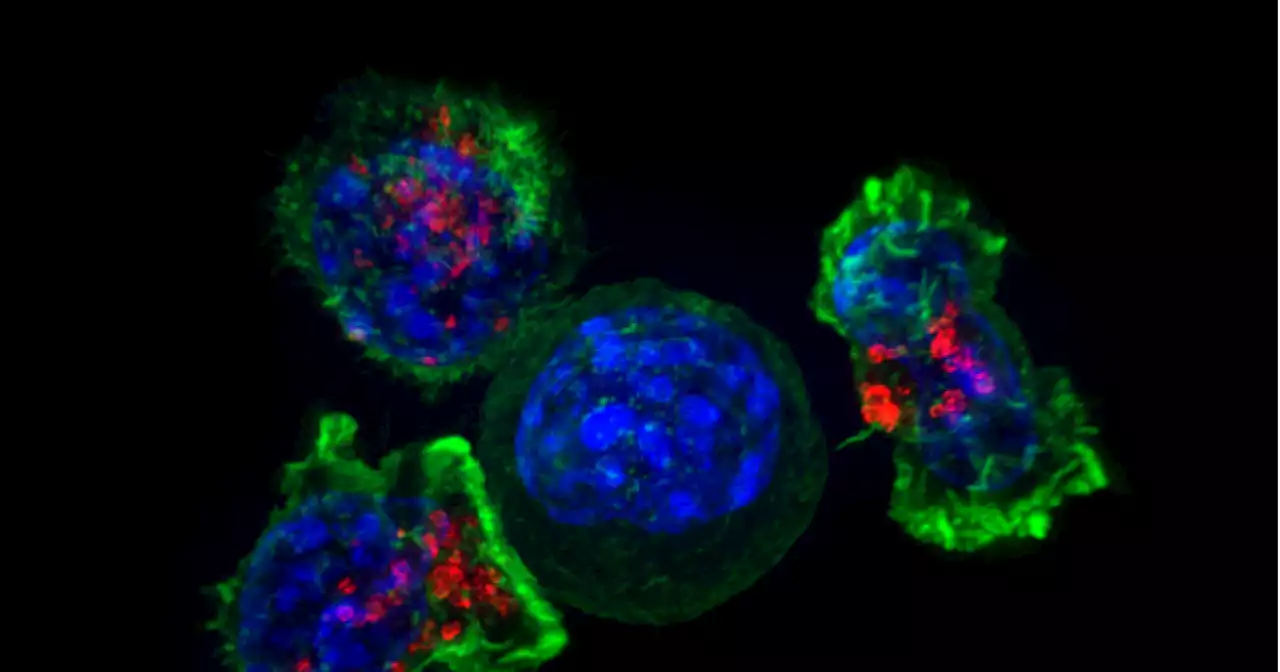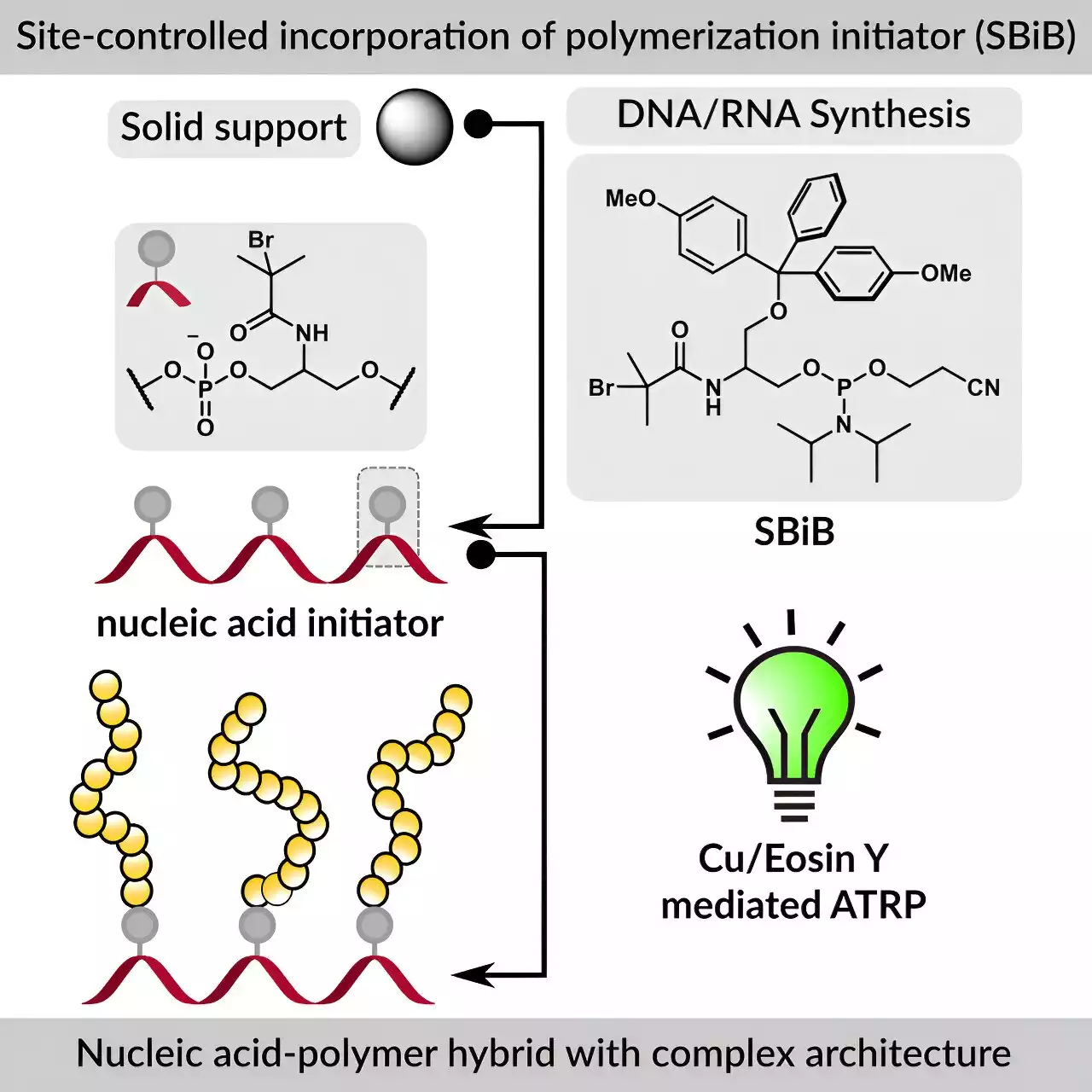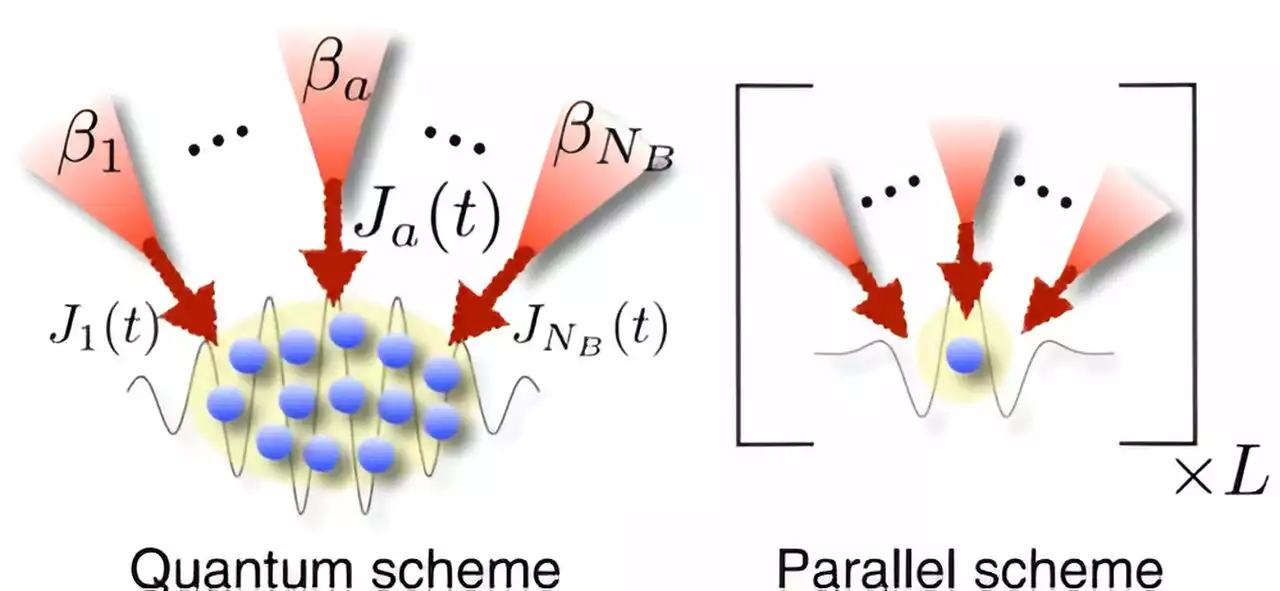Researchers from the University of Tsukuba have mathematically derived the fundamental limit of heat current flowing into a quantum system comprising numerous quantum mechanical particles in relation to the particle count.
and quantum batteries, leveraging quantum characteristics, have been theoretically studied and practically tested.
A critical indicator of the performance of such devices is the magnitude of heat current flowing from the ambient environment to the quantum system as the system's size increases. However, the fundamental limit of the heat current flowing into such an ensemble of quantum systems remains undefined., the researchers mathematically derived a novel inequality that defines the limit of the heat current flowing into a quantum system.
incorporates increasing number of particles, the heat current flowing into the system does not rise faster than a cubic function of the particle count.
Australia Latest News, Australia Headlines
Similar News:You can also read news stories similar to this one that we have collected from other news sources.
Osaka University Immunology Frontier Research Center Postdoctoral Researcher - Suita Campus, Osaka University in Osaka, Japan job with Immunology Frontier Research Center, Osaka UniversityIFReC, Osaka University in Japan offers Advanced Postdoc Positions for Immunology, Cell Biology, Bioinformatics and Bioimaging.
Read more »
 AI’s Dirty Little Secret: Stanford Researchers Expose Flaws in Text DetectorsIn a study recently published in the journal Patterns, researchers demonstrate that computer algorithms often used to identify AI-generated text frequently falsely label articles written by non-native language speakers as being created by artificial intelligence. The researchers warn that the unreli
AI’s Dirty Little Secret: Stanford Researchers Expose Flaws in Text DetectorsIn a study recently published in the journal Patterns, researchers demonstrate that computer algorithms often used to identify AI-generated text frequently falsely label articles written by non-native language speakers as being created by artificial intelligence. The researchers warn that the unreli
Read more »
 Cancer-killing T cells are getting help from San Diego researchersPapers from La Jolla Institution for Immunology and UCSD show innovative ways that key immune system fighters can be made stronger, more effective
Cancer-killing T cells are getting help from San Diego researchersPapers from La Jolla Institution for Immunology and UCSD show innovative ways that key immune system fighters can be made stronger, more effective
Read more »
 Researchers develop a new reagent and method to create DNA and RNA polymer biohybridsResearchers in Carnegie Mellon University's Department of Chemistry have developed a reagent that opens new possibilities for creating DNA and RNA-based materials that could be used in ultra-stable and smart sensors for biomedical applications. The work was published on Aug. 22 in the journal Chem.
Researchers develop a new reagent and method to create DNA and RNA polymer biohybridsResearchers in Carnegie Mellon University's Department of Chemistry have developed a reagent that opens new possibilities for creating DNA and RNA-based materials that could be used in ultra-stable and smart sensors for biomedical applications. The work was published on Aug. 22 in the journal Chem.
Read more »
 Researchers develop novel tumor-targeting nanospheres to improve light-based cancer diagnosis and treatmentIn a breakthrough in cancer therapeutics, a team of researchers at the Magzoub Biophysics Lab at NYU Abu Dhabi (NYUAD) has made a significant advance in light-based therapies—biocompatible and biodegradable tumor-targeting nanospheres that combine tumor detection and monitoring with potent, light-triggered cancer therapy to dramatically increase the efficacy of existing light-based approaches.
Researchers develop novel tumor-targeting nanospheres to improve light-based cancer diagnosis and treatmentIn a breakthrough in cancer therapeutics, a team of researchers at the Magzoub Biophysics Lab at NYU Abu Dhabi (NYUAD) has made a significant advance in light-based therapies—biocompatible and biodegradable tumor-targeting nanospheres that combine tumor detection and monitoring with potent, light-triggered cancer therapy to dramatically increase the efficacy of existing light-based approaches.
Read more »
 Researchers discover key functions of plasma membrane–cell wall adhesion in rice and critical genes involvedIn a study published in Nature Plants, a research team led by Prof. Chao Daiyin from the Center of Excellence for Molecular Plant Sciences of the Chinese Academy of Sciences identified a novel protein family in plants named as GAPLESS, and revealed that members of this family mediate the adhesion between the cell wall and the plasma membrane at the Casparian strip (CS), a barrier in the root endodermis. This adhesion plays a critical role in controlling nutrient transport and the growth development of rice.
Researchers discover key functions of plasma membrane–cell wall adhesion in rice and critical genes involvedIn a study published in Nature Plants, a research team led by Prof. Chao Daiyin from the Center of Excellence for Molecular Plant Sciences of the Chinese Academy of Sciences identified a novel protein family in plants named as GAPLESS, and revealed that members of this family mediate the adhesion between the cell wall and the plasma membrane at the Casparian strip (CS), a barrier in the root endodermis. This adhesion plays a critical role in controlling nutrient transport and the growth development of rice.
Read more »
